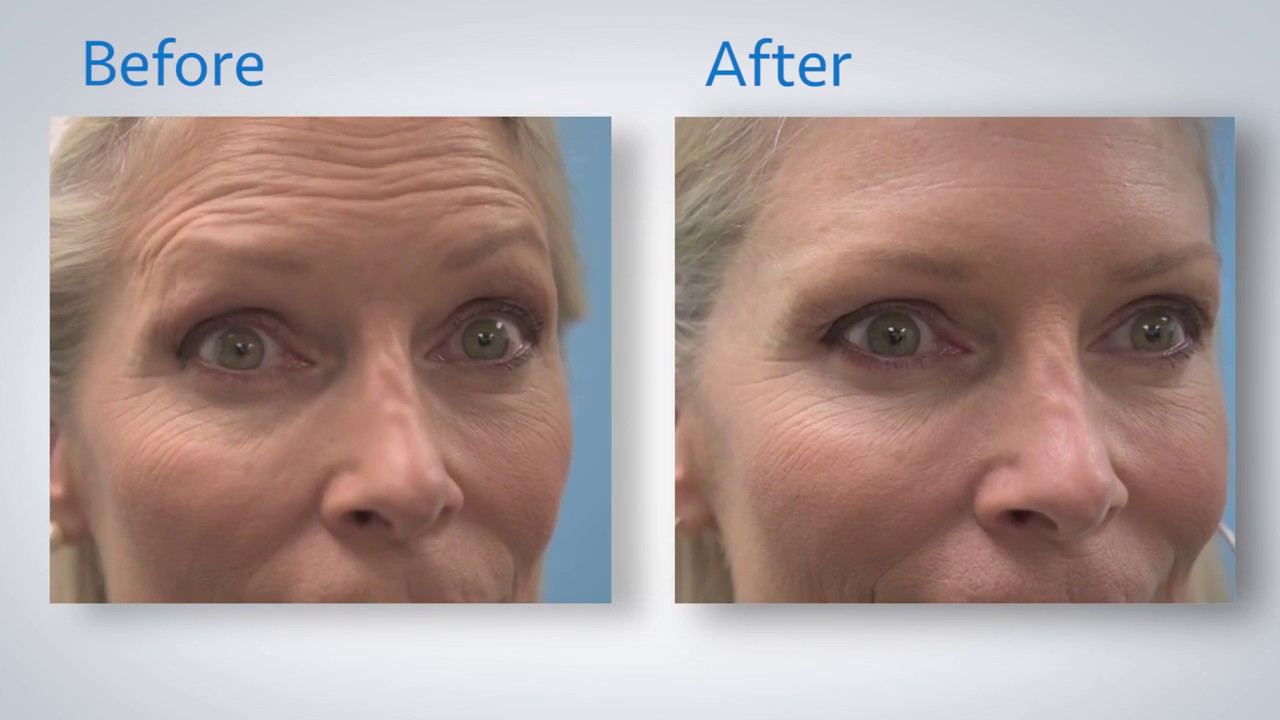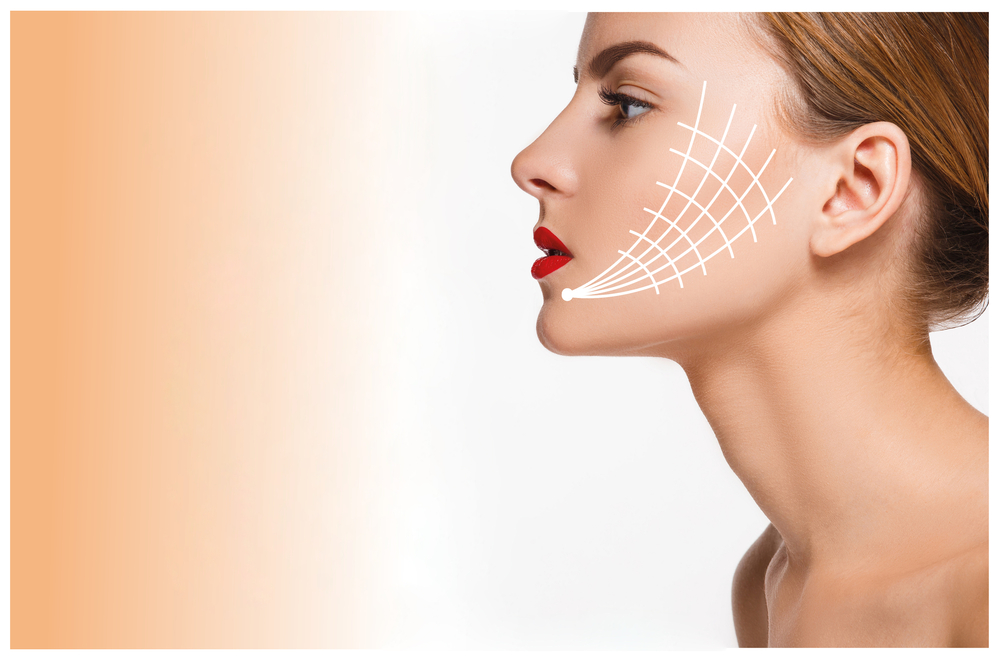
Standard staining techniques such as Minor's Iodine-Starch Test and sterile needles of 30 gauge should be used to define the injection area. Inject the BOTOX 0.1-0.2 mL aliquots into the hyperhidrosis using 1-2 cm distances. Repeat injections are necessary as needed until the clinical effect waned. Repeat injections are not necessary if hyperhidrosis remains stable.
Dysport
A physician can perform Dysport in his office to help reduce the appearance of glabella lines, which extend upward between the eyebrows and toward the forehead. These lines will become more noticeable and obvious as the patient relaxes. This cosmetic treatment is for people with severe to moderate glabella lines. In addition, a dermatologist can help you distinguish between moderate and severe wrinkles. In addition, the doctor can make the procedure as pain-free as possible and can also numb the area.

Although both types are made from the same ingredients and have similar effects, their trace protein contents make one injection more effective than its counterpart. Botox is for treating facial wrinkles and Dysport is for larger areas. Both are safe and effective. The main differences between the two injectables are how much and how long they last. Dysport, despite the similarities of these injectables may be more effective for small areas or pesky wrinkles.
Botox or Dysport are safe to use for adults. However some patients should be careful about taking these drugs before undergoing the treatment. Both injectable treatments are safe. However, they may interact. Botox can interact with blood thinners, muscle relaxers, anticholinergic medications, and other drugs used to treat Parkinson’s disease. Before any treatment begins, patients are advised to discuss their medical history with doctors.
200 units of botox
Each treatment requires between thirty and fifty units of Botox. Most people require three to four treatments each year. You must adjust the dosage accordingly. The effect of the previous session should have subsided and the muscles that were injected still function properly. For adults, the recommended dosage of botox is 200 units per treatment site. Patients less than 34kg should only receive six units per kg.
A dose of 200 units Botox has been shown to decrease urinary incontinence episodes and reduce the severity of the condition. Clinical trials have also shown that it can be used for a daily dose of 1.3 episodes per day. The drug is approved in more than 90 countries including the United States. It is not recommended to be administered to patients who have urinary incontinence and infections at injection sites.

For a successful outcome, the doctor should inject the botox solution two millimeters (mm), below the skin's top. To prevent leakage and ensure that the injection is intradermal, the needle should be held at 45 degrees to the skin's surface. Avoid injecting directly through an inkmark on the abdomen. You could end up with a permanent tattoo.